“I’ve met drivers who can be blindingly fast but who can’t describe what a car is doing, yes - but it tends to be a pretty short-term situation.” So says Nick Chester, the Renault Sport F1 team’s chassis technical director.
“The problem is that a driver who isn’t technically very good will struggle to develop a set-up, so what then happens in a sport as complex as F1 is that you lose pace. It might just be you go the wrong way in a single session, but the time lost usually - but I suppose not always - hurts you.”
Chester has been there, done that in his F1 career, and is currently playing a pivotal role in leading the Renault F1 team back to the front of the grid. Driver feedback, he says, is a crucial part of that - although it doesn’t necessarily have to be mega-detailed.
“You really want the driver to be telling you what the car is doing in different phases of the corner - it’s not always necessary for them to tell you what they need fixing, just what is stopping them going faster. If you know that, then as an engineer, you start to understand what it is you need to work on,” he says.
The dream scenario is that team-mates convey the same feelings, as it tends to verify what the engineers need to know faster. “More experienced drivers can typically delve deeper, drawing on their past to offer solutions, or give more detail, and as engineers, we can take that into account, but really we just want a clear instruction on what the car is doing. Given the effort of driving the car fast, that’s a big ask in itself.”
As such, Chester believes that the very best drivers never stop learning about car set-up. However, it’s F1 rookies who he says have to work hardest of all. “Formula 1 is a huge step up from any other category so the drivers need to learn fast when they arrive in the sport. The upside is that there are so many tools to do that now - from telemetry to video analysis to comparisons with their team-mates.”
In line with many teams, Renault’s drivers take turns to lead feedback sessions to engineers, in order to make sure that their voices are heard and that one driver doesn’t dominate debriefs to the detriment of the other. Even so, each has their own engineering team, and it is Chester’s job to ensure that the respective huddles don’t hold anything back to the detriment of the team.

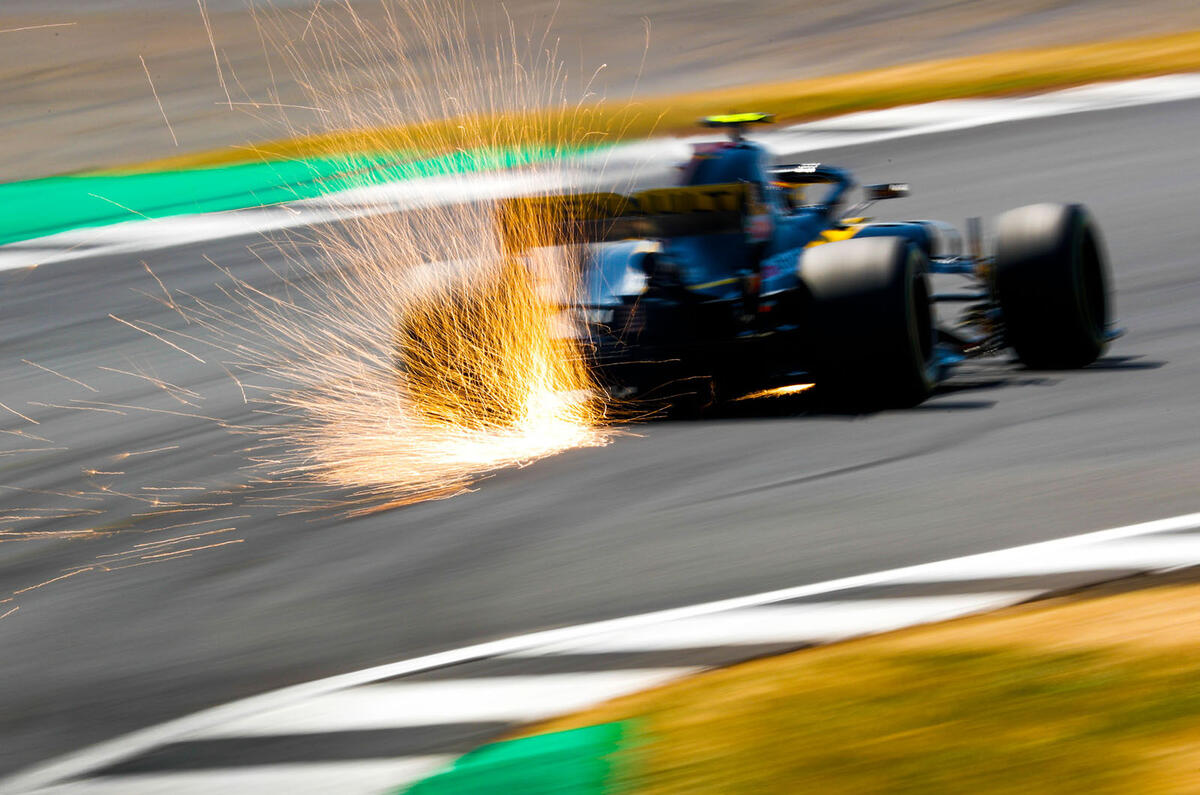
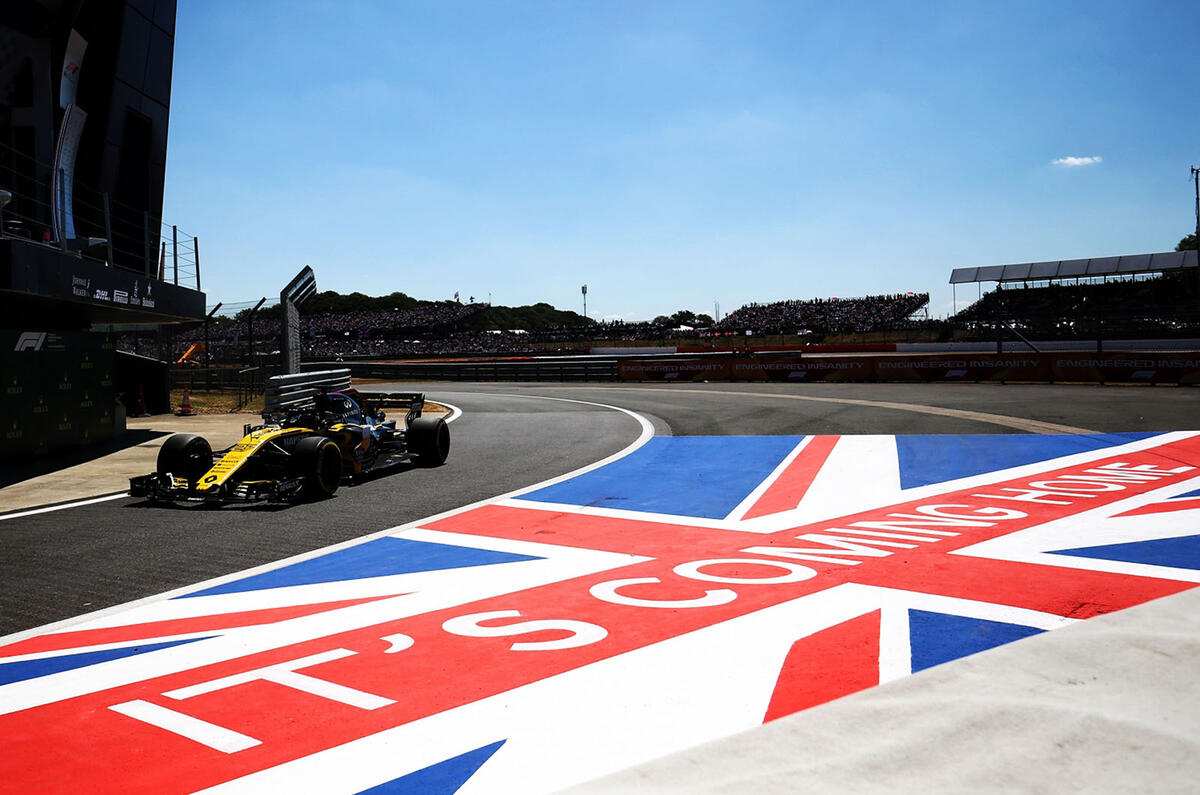
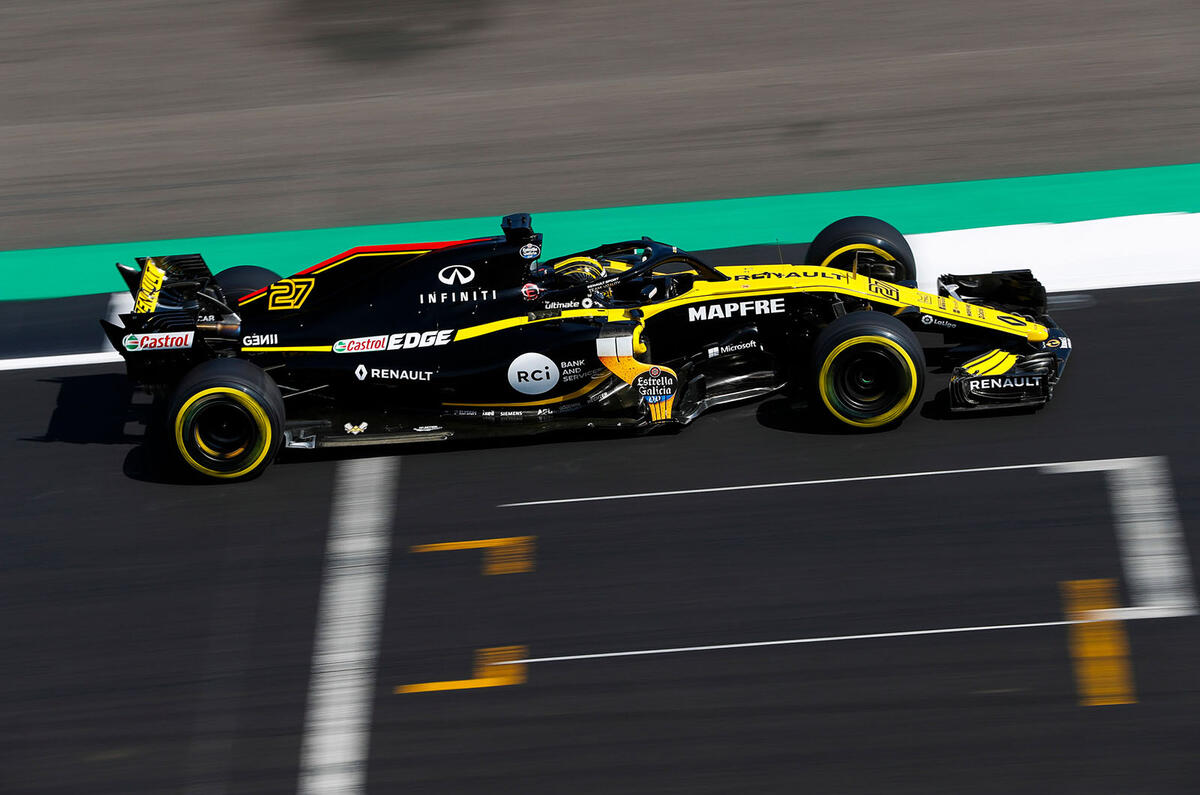
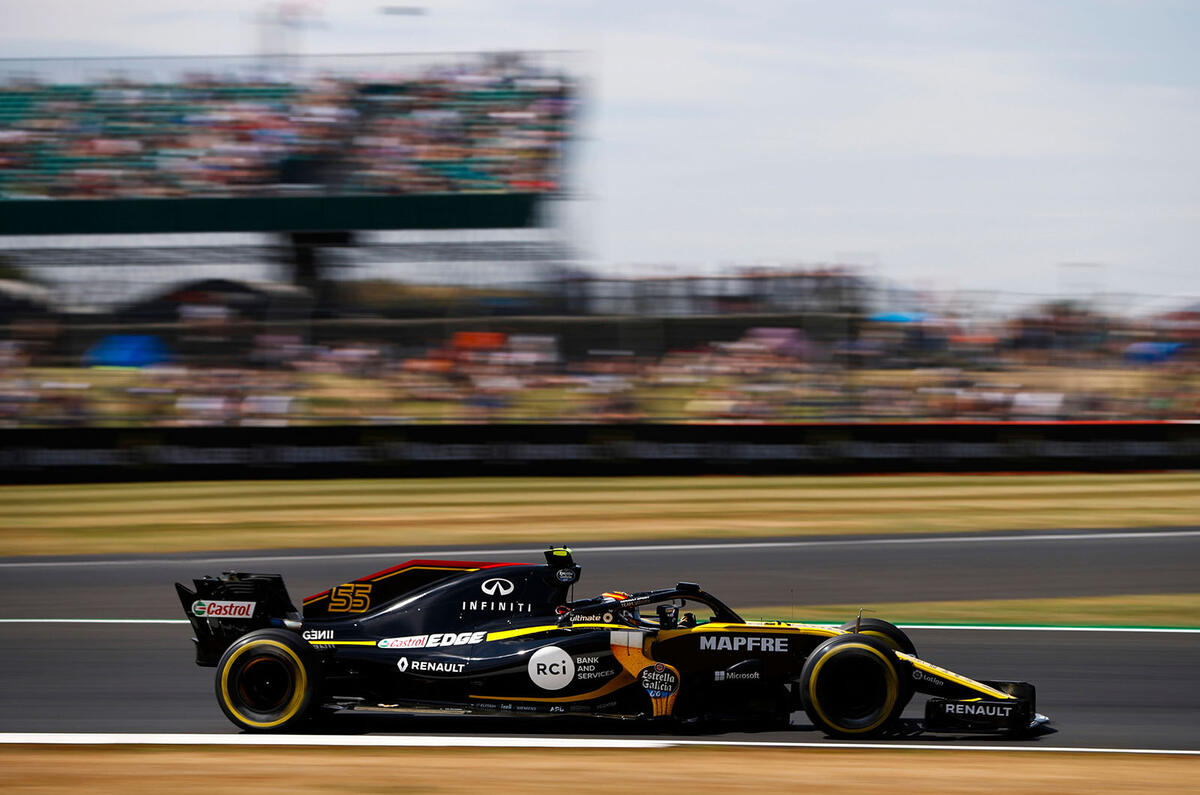
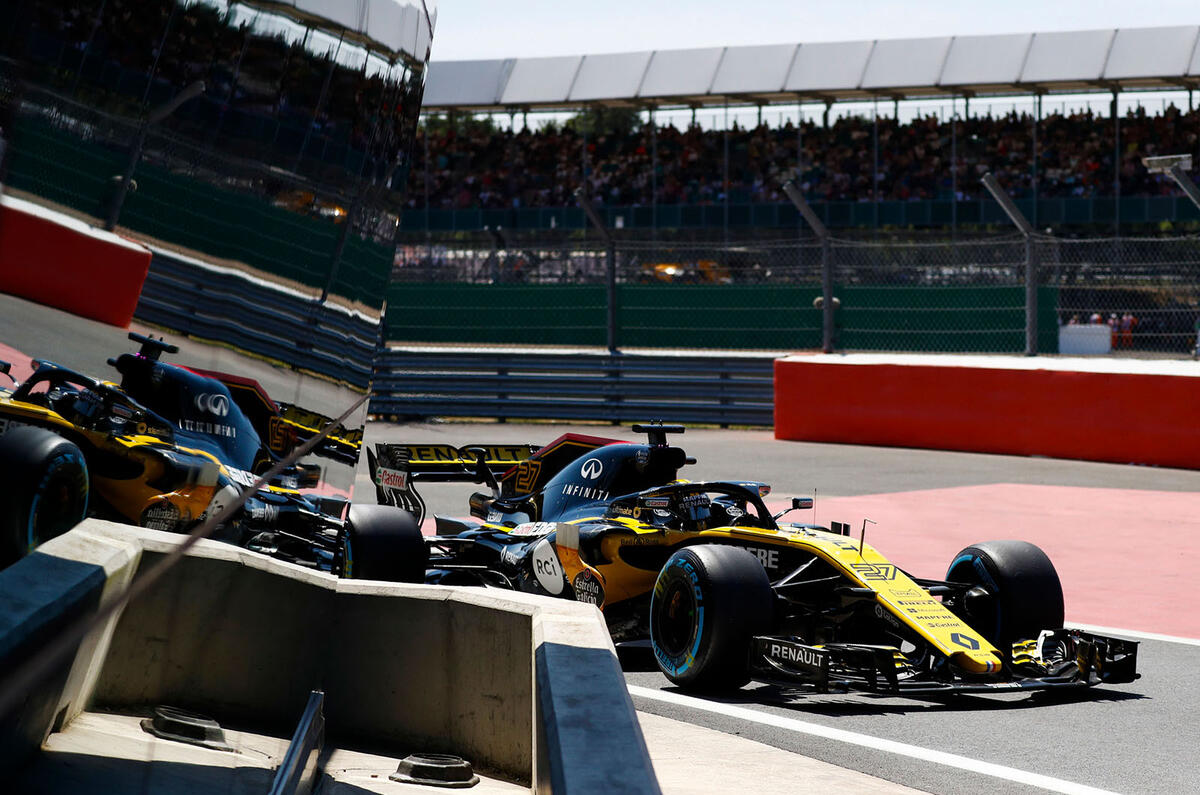
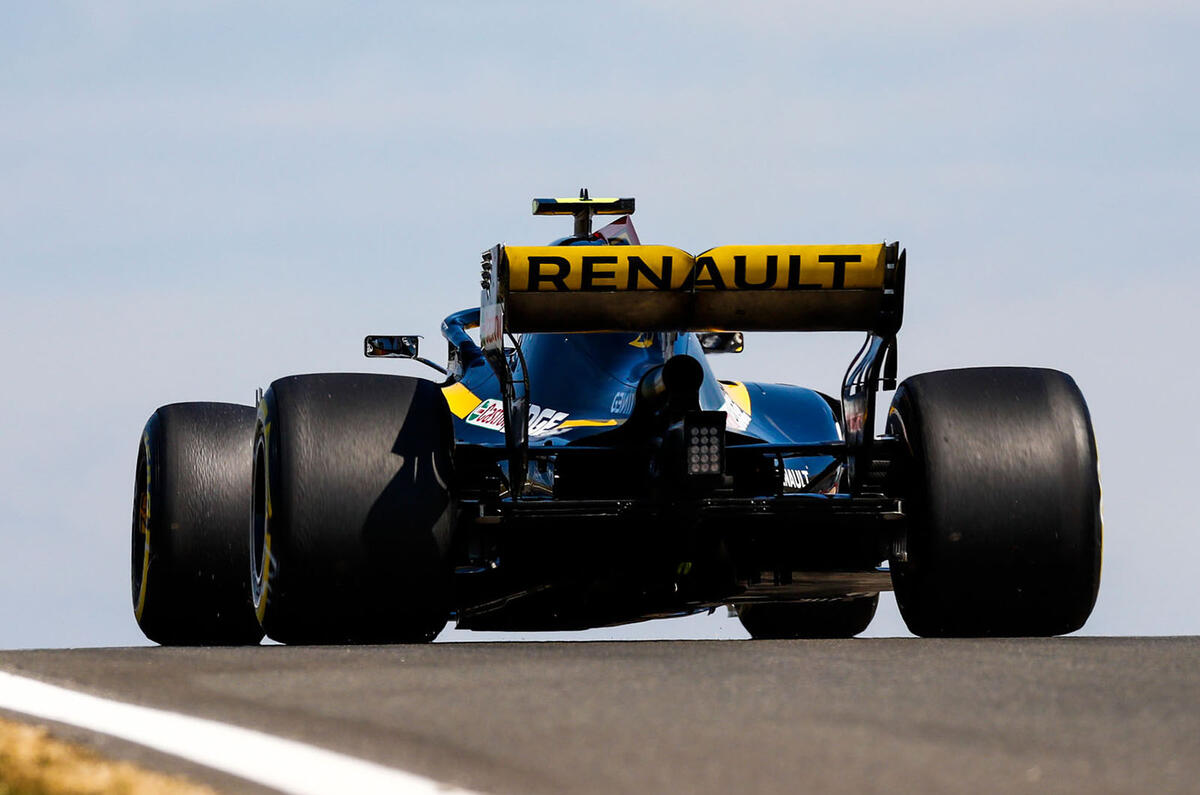
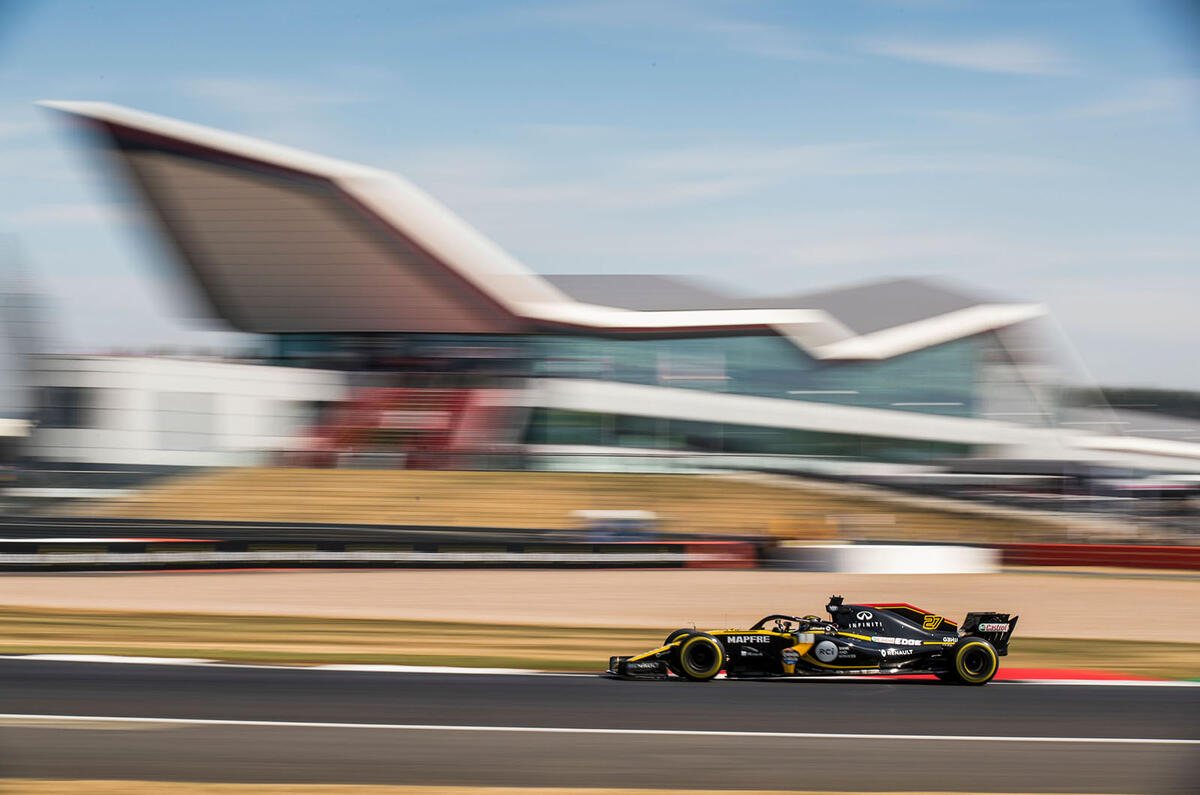
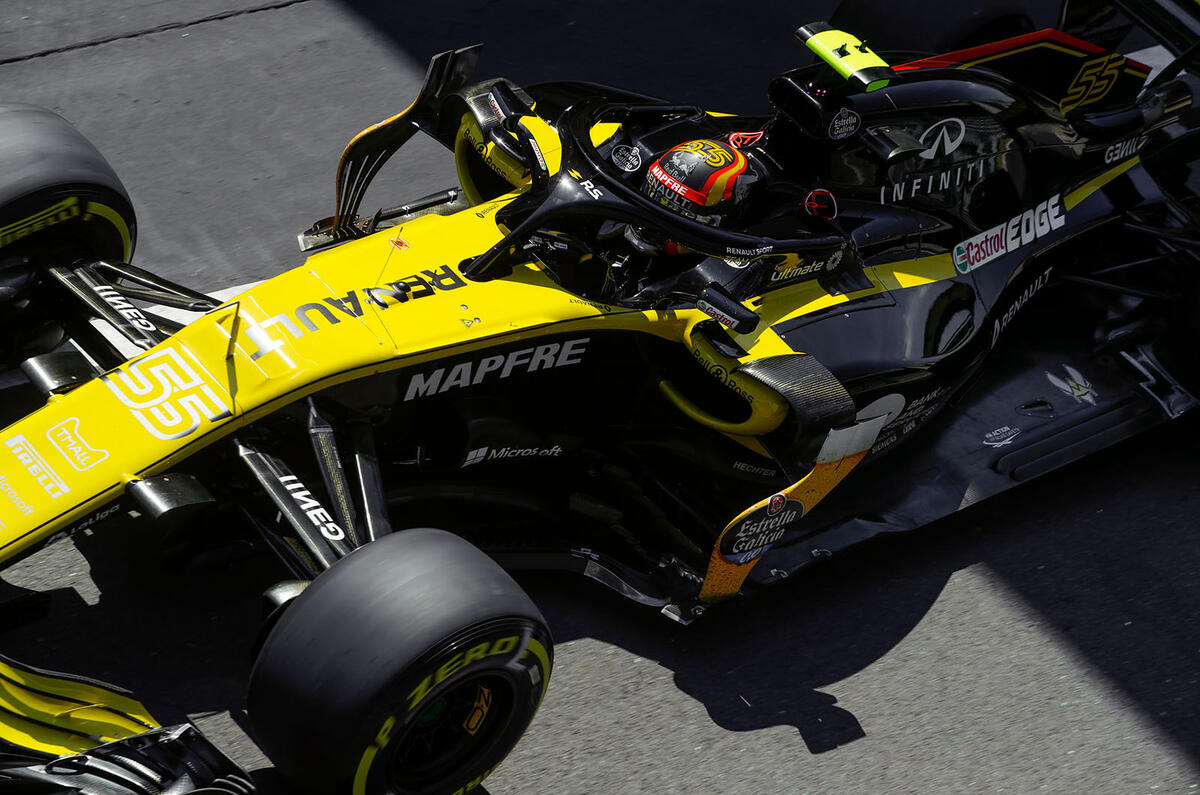
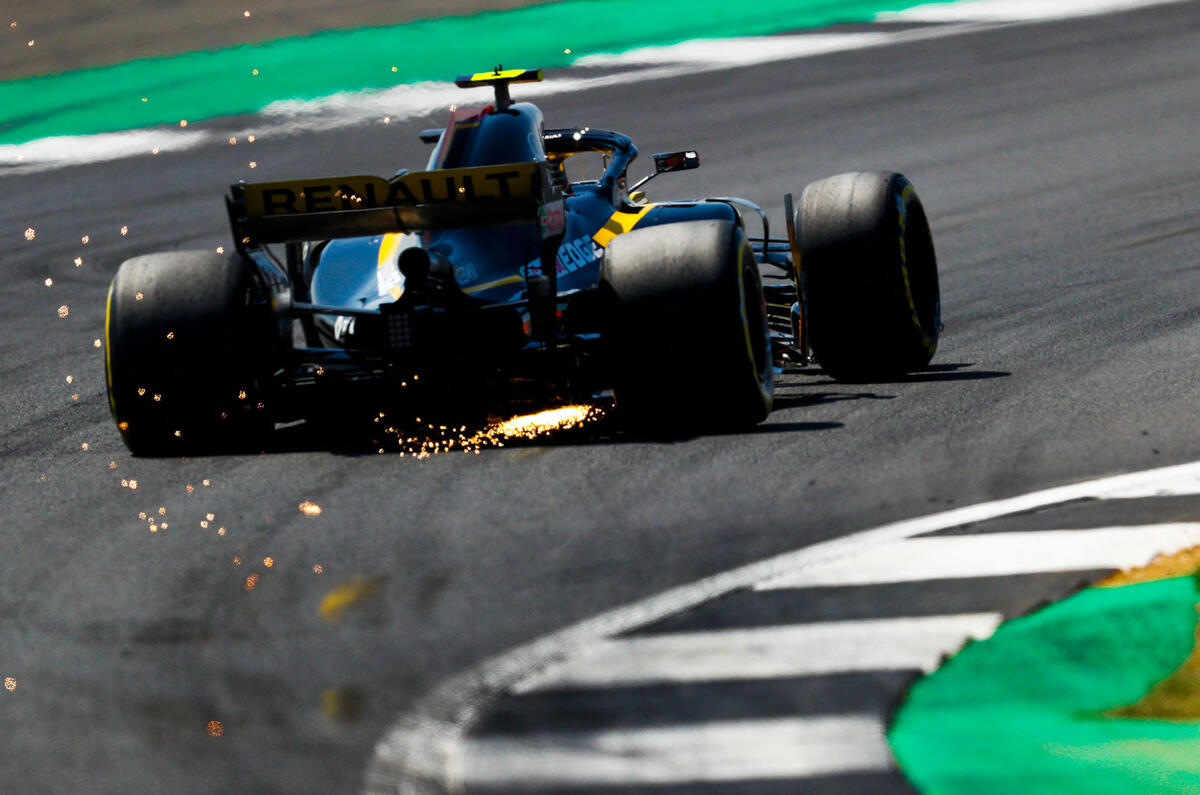

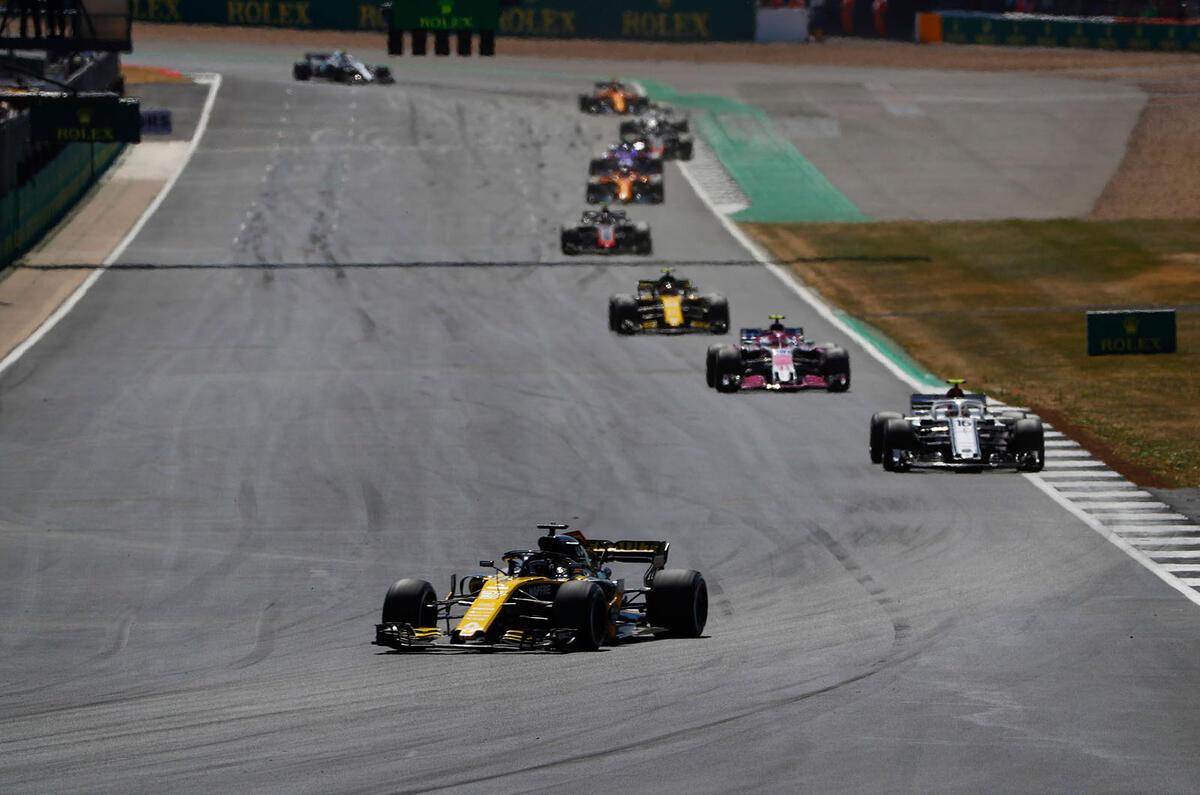
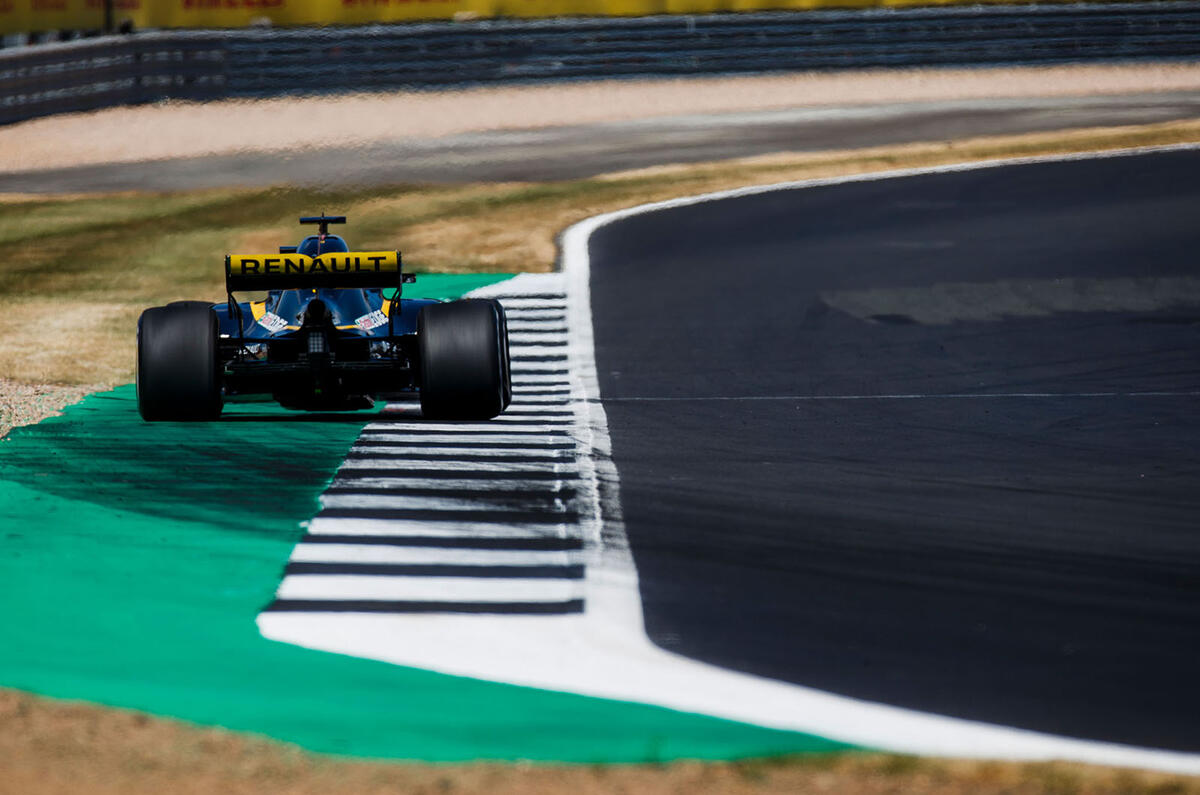
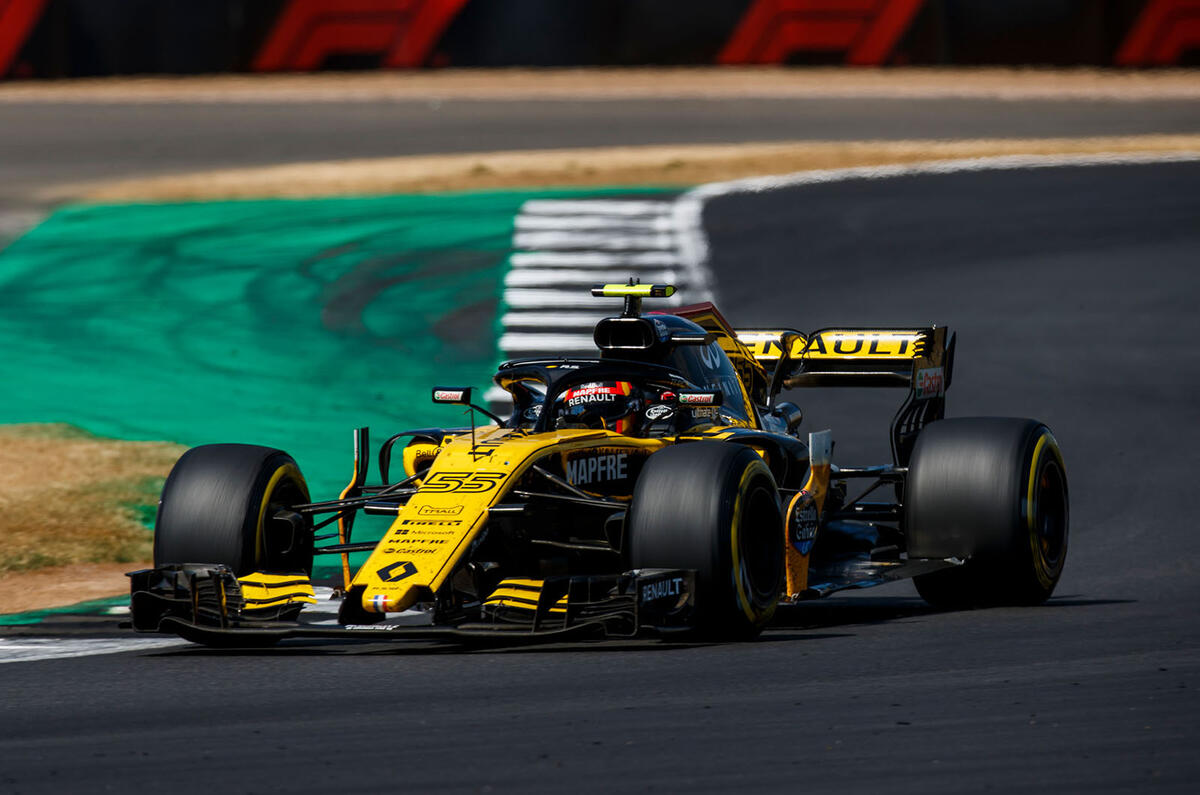
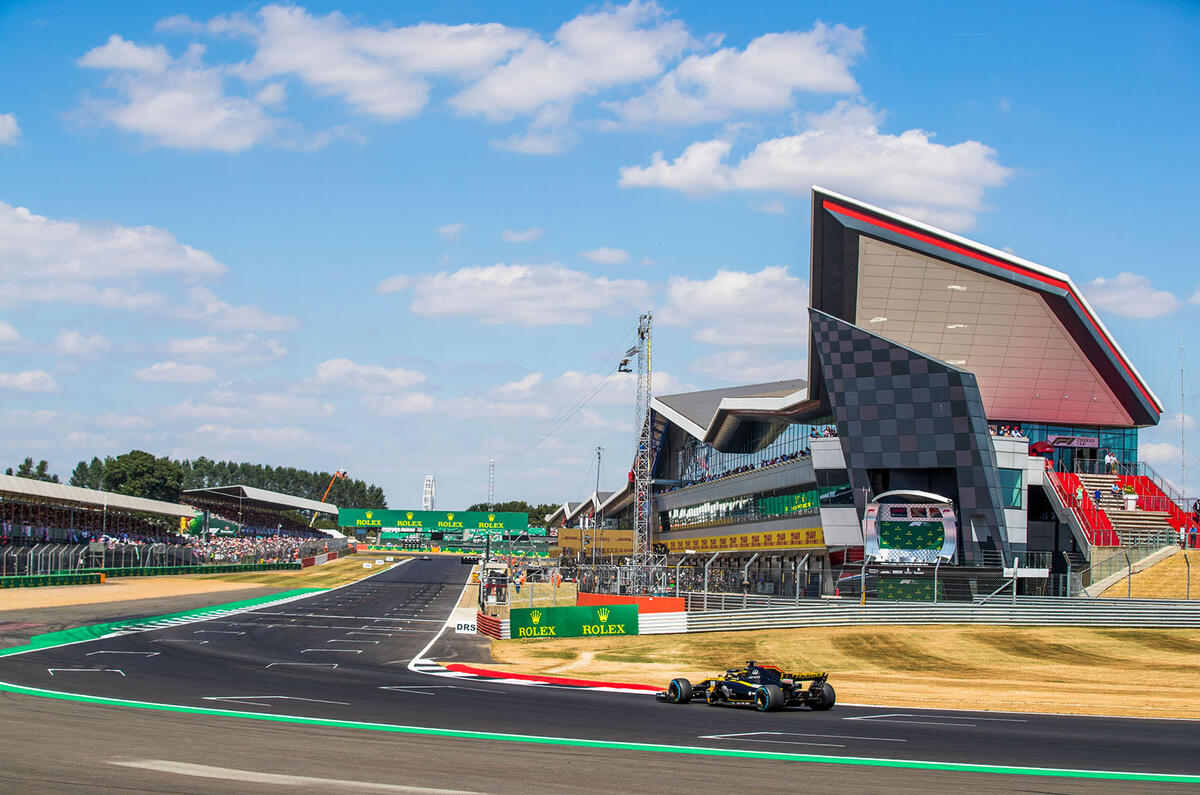
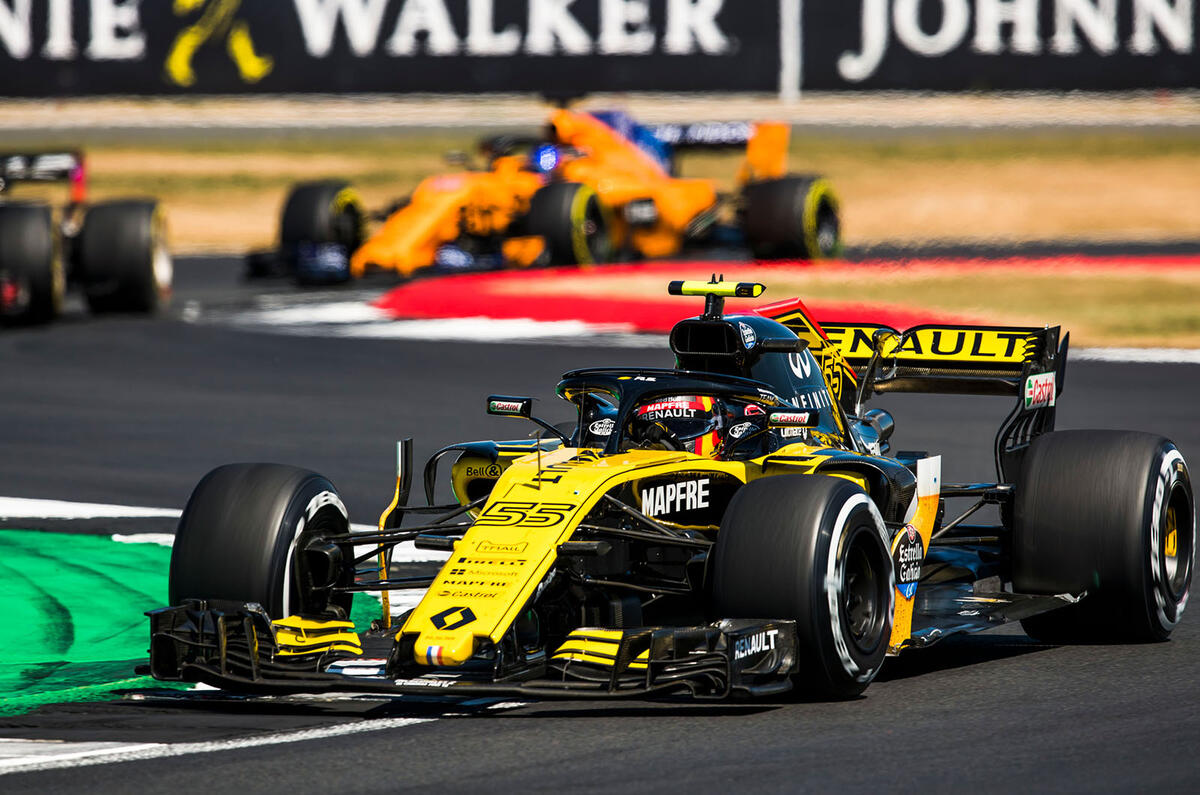
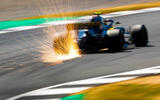
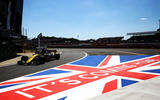

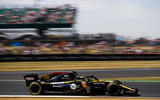
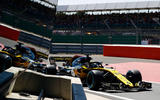
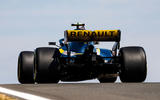
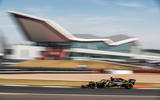
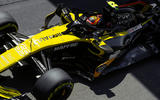
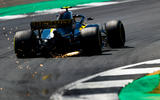

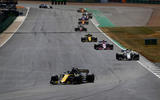
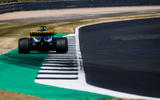
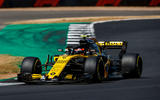

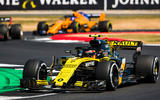



Join the debate
Add your comment
Eh, they are all fast?
Do you think you just waltz into F1 ?, what I think is that you get to F1 then you meet people like Senna, Lauda, Prost, Schumacher, Piquet and Hamilton they "kick your head in" along with the majority of the other competitors and that's the end of the "winning streak" that got you to F1 in the first place.